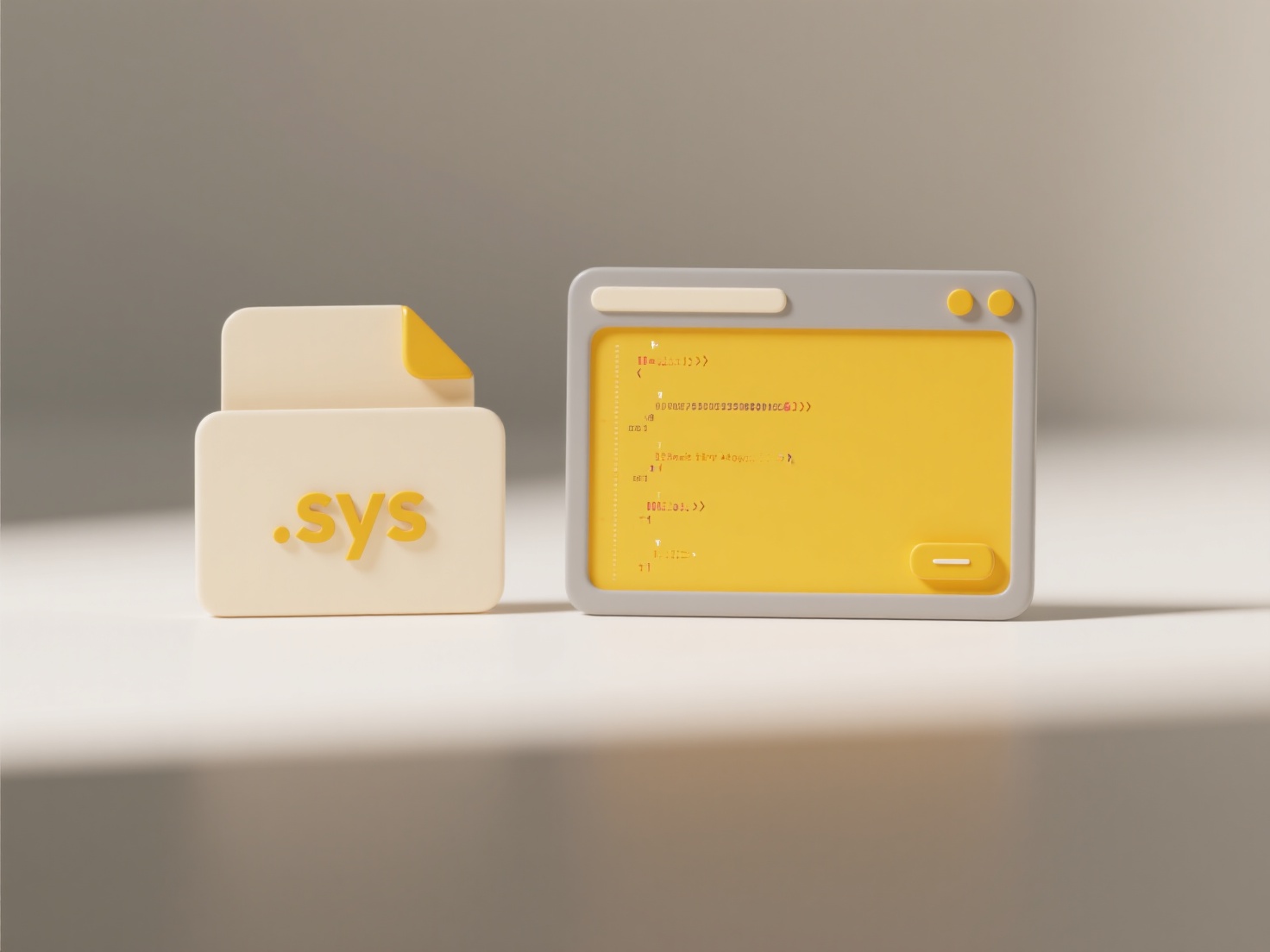
File names that differ only in case (uppercase vs lowercase letters) may be considered the same or distinct files depending on the underlying operating system and file system. Windows, using file systems like NTFS, treats "FILE.TXT" and "file.txt" as the same file because it is case-insensitive by default. Conversely, Linux and Unix-like systems (using ext4, APFS, etc.) and macOS (often using APFS, but configurable) are typically case-sensitive; thus, "Report.pdf" and "report.pdf" would be two separate files.
This distinction impacts several practical scenarios. On Windows, a user cannot have "Project.docx" and "project.docx" in the same folder – they are seen as conflicting duplicates. On Linux, a web developer might deliberately name files 'style.CSS' and 'style.css', referring to them differently in code, which works correctly due to case-sensitivity. Cross-platform development, cloud storage (like AWS S3 which is case-sensitive), and scripting often require careful handling to avoid errors when moving files between systems.

The primary advantage of case sensitivity is finer control over naming, potentially avoiding accidental overwrites. Its main limitation is causing confusion and file access errors when porting applications or data between operating systems. This can hinder interoperability and requires developers to use consistent casing conventions. Case-insensitivity simplifies file management for most users but offers less granularity. As systems increasingly interact, understanding this file system behavior remains crucial for smooth data handling.
Is there a difference between uppercase and lowercase in file names?
File names that differ only in case (uppercase vs lowercase letters) may be considered the same or distinct files depending on the underlying operating system and file system. Windows, using file systems like NTFS, treats "FILE.TXT" and "file.txt" as the same file because it is case-insensitive by default. Conversely, Linux and Unix-like systems (using ext4, APFS, etc.) and macOS (often using APFS, but configurable) are typically case-sensitive; thus, "Report.pdf" and "report.pdf" would be two separate files.
This distinction impacts several practical scenarios. On Windows, a user cannot have "Project.docx" and "project.docx" in the same folder – they are seen as conflicting duplicates. On Linux, a web developer might deliberately name files 'style.CSS' and 'style.css', referring to them differently in code, which works correctly due to case-sensitivity. Cross-platform development, cloud storage (like AWS S3 which is case-sensitive), and scripting often require careful handling to avoid errors when moving files between systems.

The primary advantage of case sensitivity is finer control over naming, potentially avoiding accidental overwrites. Its main limitation is causing confusion and file access errors when porting applications or data between operating systems. This can hinder interoperability and requires developers to use consistent casing conventions. Case-insensitivity simplifies file management for most users but offers less granularity. As systems increasingly interact, understanding this file system behavior remains crucial for smooth data handling.
Related Recommendations
Quick Article Links
Can I exclude file types from search results?
Excluding file types from search results is a filtering mechanism available in many search tools. It allows users to spe...
What’s the difference between read and write access?
Read access allows you to view the contents of a resource, like a file, folder, or database entry. You can open it, see ...
Can shared drives increase the risk of conflicts?
Shared drives are centralized storage locations accessible to multiple users. They introduce conflict risks primarily th...